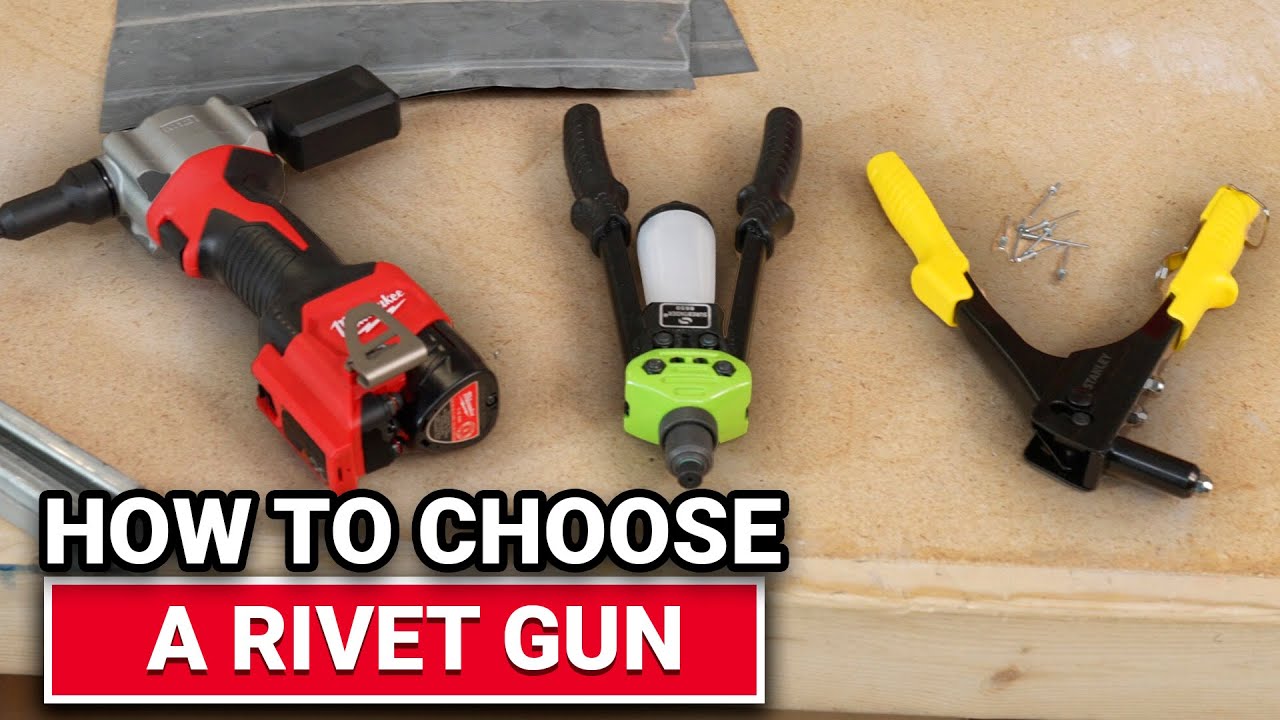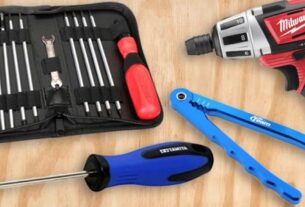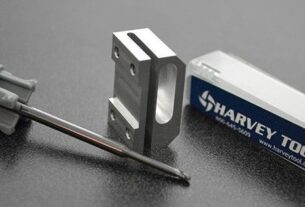Are you tired of using different tools for punching holes in materials? Do you want to find a versatile and reliable tool that can make your work easier? Look no further than a rivet punch tool!
A rivet punch tool is an essential tool for any DIY enthusiast, mechanic, or metalworker. It is designed to punch clean and precise holes in various materials, such as leather, plastic, fabric, and metal. This tool can help you create openings for rivets, eyelets, snaps, buttons, and other fasteners.
In this article, we will guide you through everything you need to know about the rivet punch tool. From its features and types to its uses and maintenance tips, we have got you covered. So buckle up and let’s get started!
Types of Rivet Punch Tools
Before we dive into the details of how to choose the best rivet punch tool, let’s first understand the different types available in the market. Knowing the type of tool that suits your needs can save you time and money.
1. Handheld Punch Tool
A handheld punch tool is a manual tool that requires physical force to operate. It has a handle that you grip with one hand while using the other hand to strike it with a mallet or hammer. This type of tool is ideal for occasional use or small projects but may not be suitable for heavy-duty tasks.
2. Pneumatic Punch Tool
A pneumatic punch tool is a powered tool that uses compressed air to drive the punches. It is more efficient and faster than a handheld punch tool and can handle larger and thicker materials. However, it requires an air compressor to operate and may be expensive.
3. Hydraulic Punch Tool
A hydraulic punch tool is also a powered tool but uses hydraulic pressure instead of air pressure. It is the most powerful and versatile type of tool that can punch through almost any material. It is ideal for industrial and commercial applications but may be costly and require regular maintenance.
Features to Consider When Choosing a Rivet Punch Tool
Now that you know the types of rivet punch tools, let’s discuss the features you should consider when choosing the best one for your needs. Here are some of the essential features:
1. Punch Size
The size of the punch determines the size of the hole it creates. Make sure to choose a tool with a punch size that matches your project requirements. Most tools come with interchangeable punches that allow you to switch sizes easily.
2. Material Compatibility
Consider the materials you will be punching holes in and ensure that the tool is compatible with them. Some tools may not work well on thick or hard materials like steel or concrete.
3. Durability
Choose a tool made of high-quality materials that can withstand frequent use and abuse. Look for tools made of hardened steel or aluminum alloys that are rust-resistant and durable.
4. Ease of Use
Choose a tool that is easy to grip, maneuver, and operate. A comfortable handle, lightweight body, and ergonomic design can make a big difference in reducing fatigue and improving accuracy.
5. Price
Consider your budget and choose a tool that offers good value for money. While cheaper options may seem attractive, they may not last long or perform well.
Uses of Rivet Punch Tools
Now that you have chosen the right rivet punch tool, let’s explore its various uses:
1. Leatherworking
A rivet punch tool is an essential tool for leatherworkers who need to create holes in leather belts, bags, shoes, or other accessories. It can also help attach snaps, eyelets, and other fasteners to leather pieces.
2. Metalworking
A rivet punch tool is also useful for metalworkers who need to drill holes in metal sheets or plates for riveting or fastening. It can also help create openings for electrical wiring, piping, or ventilation.
3. DIY Projects
A rivet punch tool is a handy tool for DIY projects that involve creating holes in various materials, such as fabric, plastic, cardboard, or wood. You can use it to make openings for buttons, snaps, grommets, or other decorative elements.
Maintenance Tips for Rivet Punch Tools
To ensure the longevity and optimal performance of your rivet punch tool, follow these maintenance tips:
1. Clean the Tool
After each use, wipe the tool with a clean cloth and remove any debris or dust from the punches. This will prevent rusting and corrosion and keep the tool sharp.
2. Lubricate the Tool
Apply a few drops of lubricating oil to the moving parts of the tool to reduce friction and wear. This will also make it easier to grip and operate.
3. Store the Tool Properly
Store the tool in a dry and cool place away from direct sunlight or moisture. Avoid leaving it exposed to extreme temperatures or humidity that can cause damage.
Conclusion
In conclusion, a rivet punch tool is an indispensable tool for anyone who needs to create holes in various materials quickly and accurately. By choosing the right type of tool and considering its essential features like size, material compatibility, durability, ease of use, and price, you can find a reliable and efficient tool that suits your needs.
Whether you are a professional mechanic or DIY enthusiast, a rivet punch tool can help you save time and effort while achieving precise results. So add this versatile tool to your toolbox today and enjoy its many benefits!
Wiki Reference: https://en.wikipedia.org/wiki/Punch_(tool)




